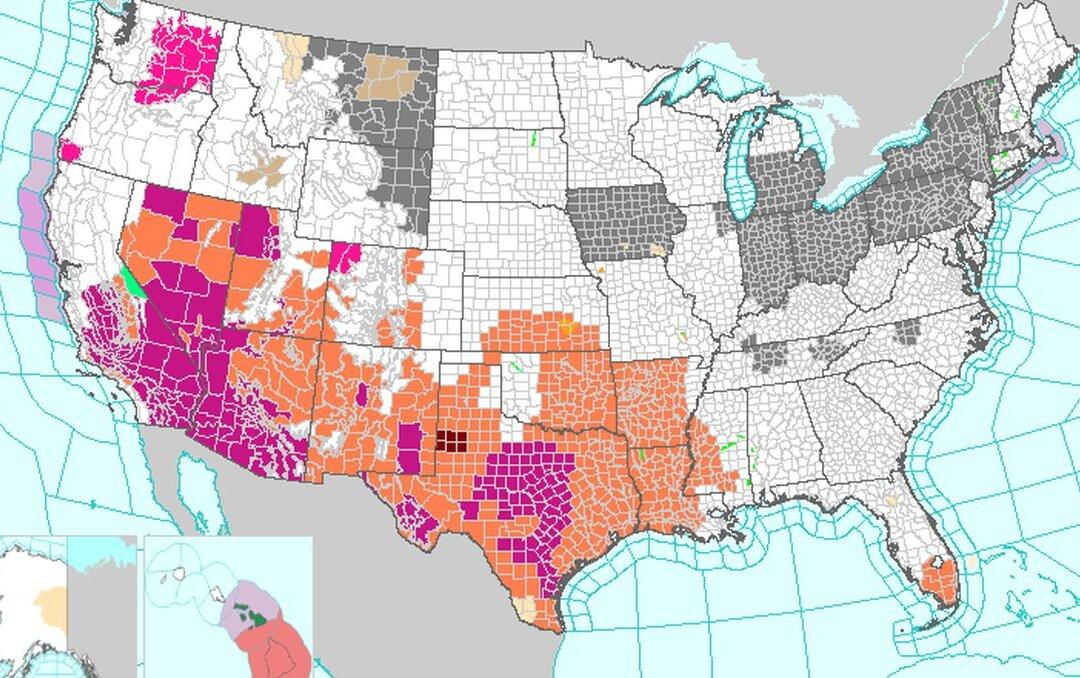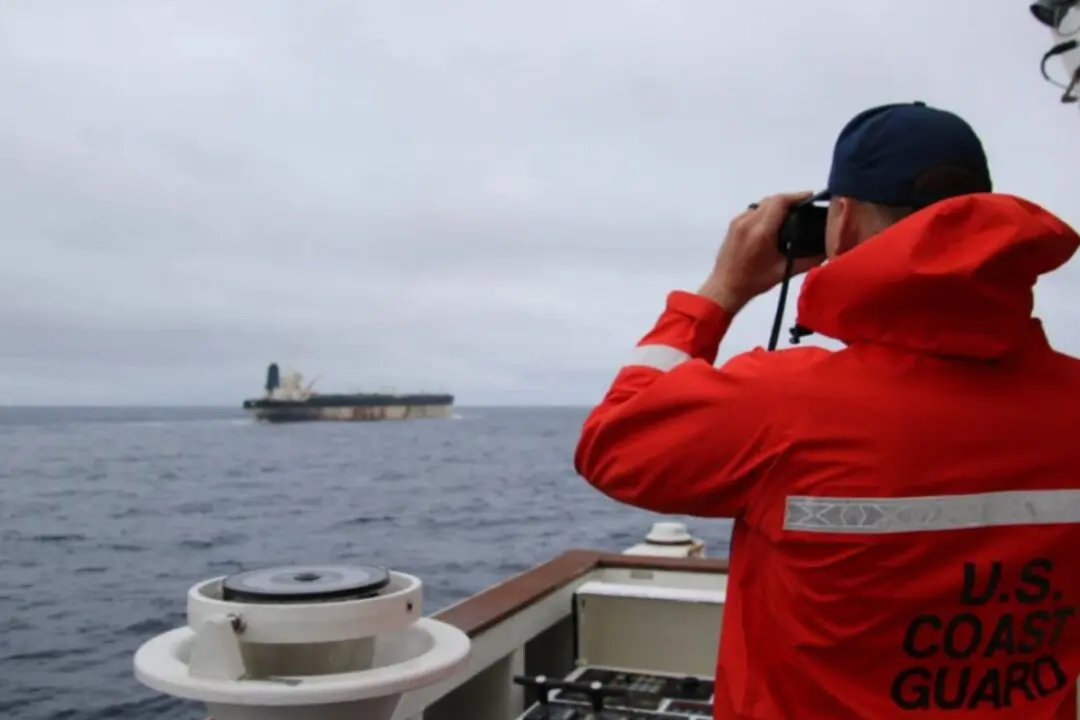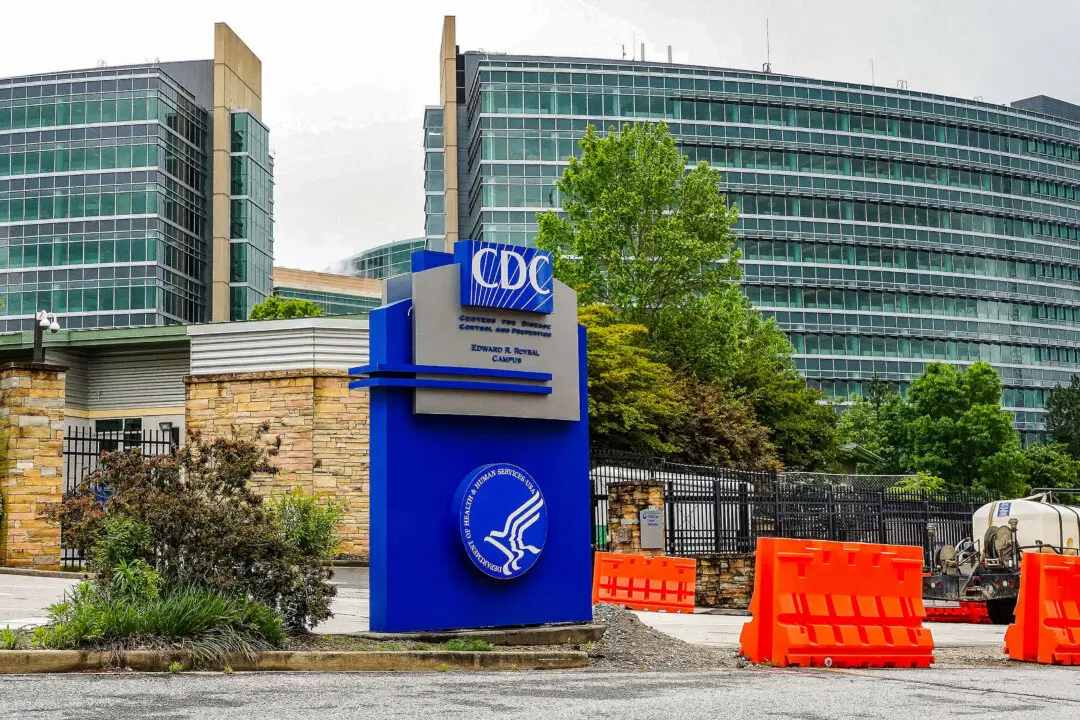Canadian wildfire smoke is again inundating parts of the northern United States this week, triggering air quality alerts spanning from Montana to Vermont.
The alerts have been issued by the U.S. National Weather Service (NWS) across about a dozen states on the morning of July 17, according to a map provided by the agency. Some media outlets estimated that the alerts affect about 70 million people, meaning they would see poor air quality with higher particulate matter.





